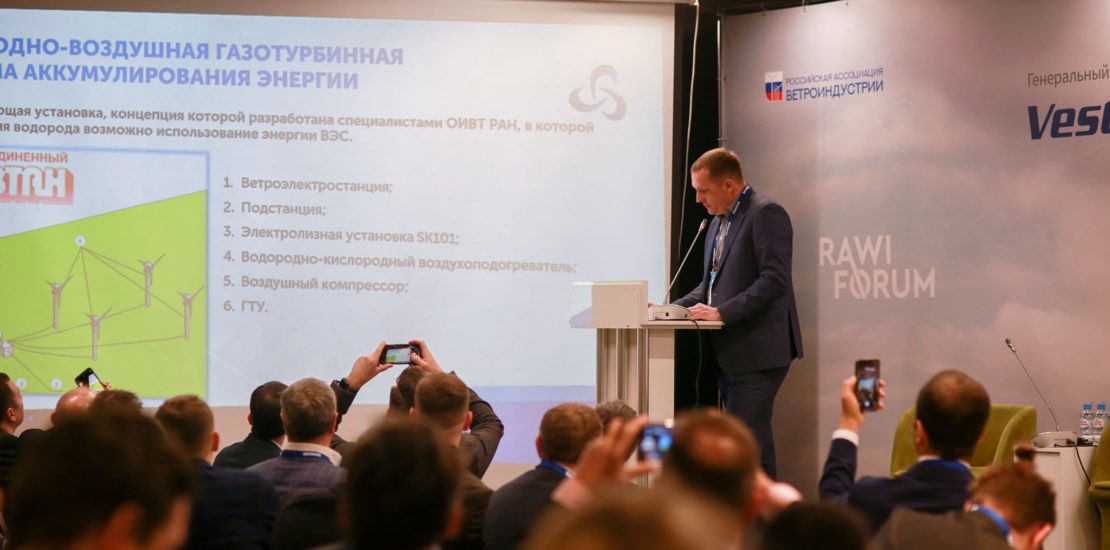- 02.12.2021
- Posted by: Администратор
- Category: Uncategorized

A very symbolic end of the year is the RAWI FORUM 2021, held on December 1-2 in Moscow.
Thank you for the invitation to participate in the discussions and the opportunity to share our thoughts with the organizers of the forum!
The Forum brought together leaders of the wind energy sector, representatives of the business community, heads of public and intergovernmental organizations, diplomats, representatives of ministries and departments, experts and the media to solve business problems and find strategic solutions.
The forum was attended by over 250 participants from 15 Russian regions and more than 10 countries: Belarus, Kazakhstan, Kyrgyzstan, Great Britain, France, Spain, Finland, Denmark, the UAE, China and Poland.
The Wind Energy Forum has traditionally become a platform for meeting like-minded people.
In addition to decarbonization, among the most discussed topics of the forum were also noted: the expansion of localization of equipment for wind power plants, the production of green hydrogen and, of course, the prospects for the development of the voluntary demand market.
In our opinion, there were interesting discussions at the session – Voluntary demand for green energy. How to meet the demand for green energy in the Russian Federation, moderated by Eduard Bose, Advisor to the General Director of VEB-Engineering LLC.
Also noteworthy, from our point of view, is the Retail Market section. Directions of development of the small wind energy sector. The session was moderated by Andrey Redkin, CEO of Altren LLC.
On December 2, as part of the session – New frontiers of the wind energy market: hydrogen, Maxim Savitenko, Director of the ANO “Center for Research and Scientific Developments in the Field of Energy “Hydrogen Technology Solutions”, gave a speech. It was about excess energy and its accumulation. The topic of the expediency of obtaining hydrogen for the sake of hydrogen is touched upon. The main ways of reducing carbon dioxide emissions into the atmosphere are presented. As a result of the analysis, the following conclusions were made:
- the primary product is electrical energy.
- hydrogen is a secondary product.
- when designing future combined-cycle power plants, it is necessary to consider an efficiency of at least 60%.
- stations should be designed with the possibility of mixing hydrogen with natural gas with a further transition to 100% hydrogen.
- it is possible to implement a CCGT construction project with an efficiency of at least 60% and hydrogen mixing of at least 30%, and in the future up to 100%.
- construction will need to be carried out in a place near the location of the future salt cavern.
- hydrogen should be produced during periods of excess renewable energy and nuclear energy.
